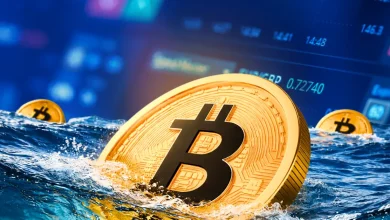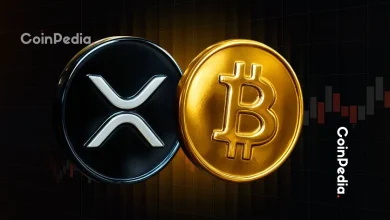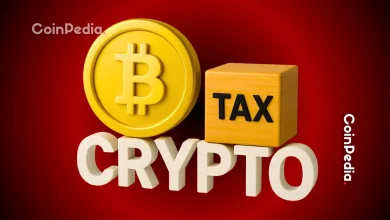
XRP’s technology is widely used for cross-border payments while Chainlink connects blockchains with real-world data.
Chainlink is not built for asset transfer unlike XRP.
In the crypto world, Chainlink and XRP are often discussed side-by-side, but not because they are in direct competition. The two projects simply serve very different purposes.
XRP’s technology is widely used for cross-border payments, especially by banks and payment providers. Chainlink, on the other hand, is less visible to the general public but plays an important role in connecting blockchains with real-world data.
A Viral Debate on X
A recent post on X (formerly Twitter) sparked a discussion between the two communities.
One expert opened up about Chainlink, saying they had “I’ve never seen it work in real life” or met anyone building with it. He argued that developers on the ground know what works better than influencers promoting projects.
However, another analyst replied, stressing that the two projects serve completely different purposes. XRP, through RippleNet, focuses on fast, low-cost global payments. Chainlink ensures authenticity and data accuracy for blockchains.
They also pointed out that the LINK token is mainly for payments, is not native to Chainlink, and runs on Ethereum as an ERC-20 token. “You can’t compare chain and XRPL, it’s like comparing MS Word with PHOTSHOP,” (sic) Vincent Van Code wrote.
Key Differences Between Chainlink and XRP
- While XRP is essentially a fintech targeted at institutions, Chainlink’s scope is more limited. Its pitch is to be the middleware that provides the data sources (“oracles”) that let blockchains talk to each other, and to traditional finance.
- XRP usually ranks higher in overall comparison due to its larger capitalization and feasibility in payment transactions, and on the other hand, Chainlink is generally more expensive to trade internationally.
- The current trading price of Chainlink (LINK) is approximately $22.16 USD with a market cap of $15.02 billion, while the XRP price is $3.27 USD with a market capitalization of $193.91 billion USD.
- Chailink is not built for asset transfer; its primary utility is as a data infrastructure layer, unlike XRP, which allows high-speed cross-border transactions, with protocol-level liquidity and anti-frontrunning mechanisms.
Never Miss a Beat in the Crypto World!
Stay ahead with breaking news, expert analysis, and real-time updates on the latest trends in Bitcoin, altcoins, DeFi, NFTs, and more.
FAQs
No direct comparison – LINK powers smart contract data feeds ($22.16/token), while XRP ($3.27) enables 3-second international transfers for banks. Different technologies for different needs.
Like comparing “MS Word to Photoshop” – LINK is middleware for blockchain data, while XRP is a payment rail with native anti-frontrunning liquidity features.
No – They’re complementary: XRP could use Chainlink oracles for payment verification, while LINK relies on networks like XRPL for cross-chain data transfers.
Trust with CoinPedia:
CoinPedia has been delivering accurate and timely cryptocurrency and blockchain updates since 2017. All content is created by our expert panel of analysts and journalists, following strict Editorial Guidelines based on E-E-A-T (Experience, Expertise, Authoritativeness, Trustworthiness). Every article is fact-checked against reputable sources to ensure accuracy, transparency, and reliability. Our review policy guarantees unbiased evaluations when recommending exchanges, platforms, or tools. We strive to provide timely updates about everything crypto & blockchain, right from startups to industry majors.
Investment Disclaimer:
All opinions and insights shared represent the author's own views on current market conditions. Please do your own research before making investment decisions. Neither the writer nor the publication assumes responsibility for your financial choices.
Sponsored and Advertisements:
Sponsored content and affiliate links may appear on our site. Advertisements are marked clearly, and our editorial content remains entirely independent from our ad partners.







